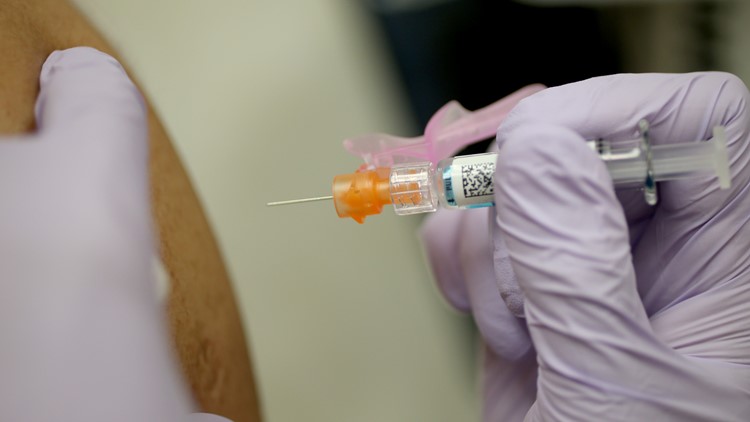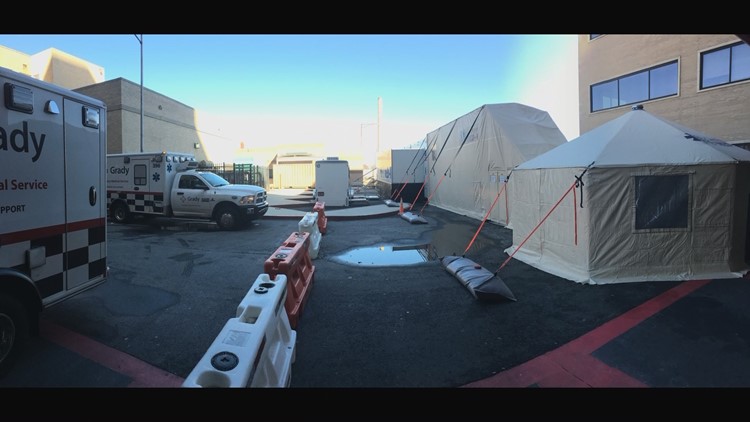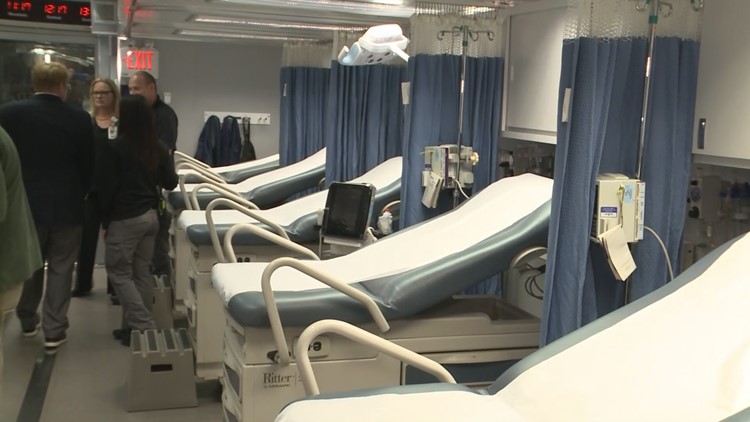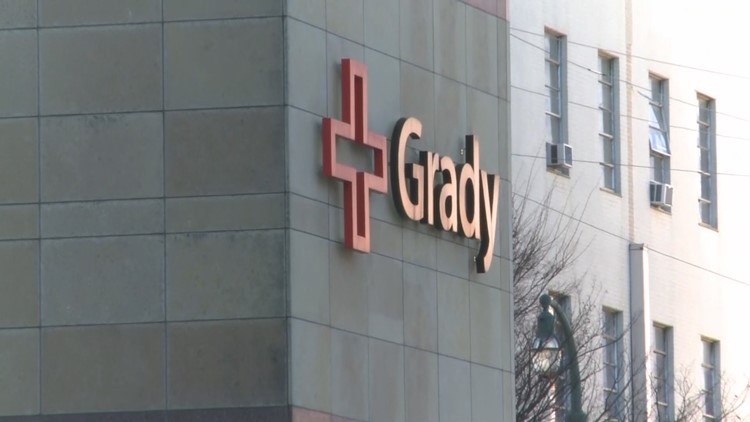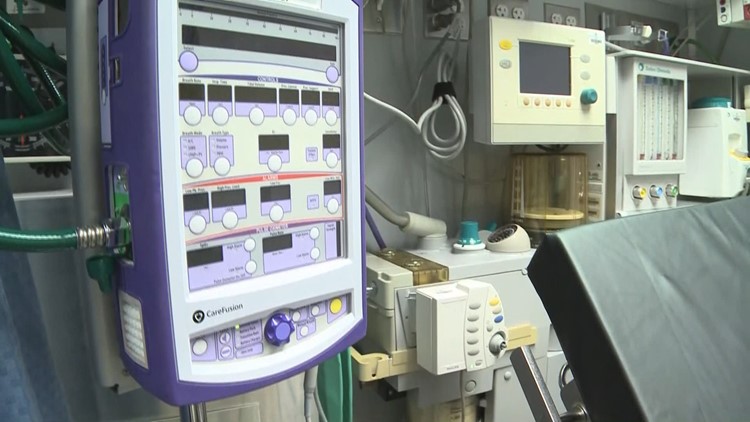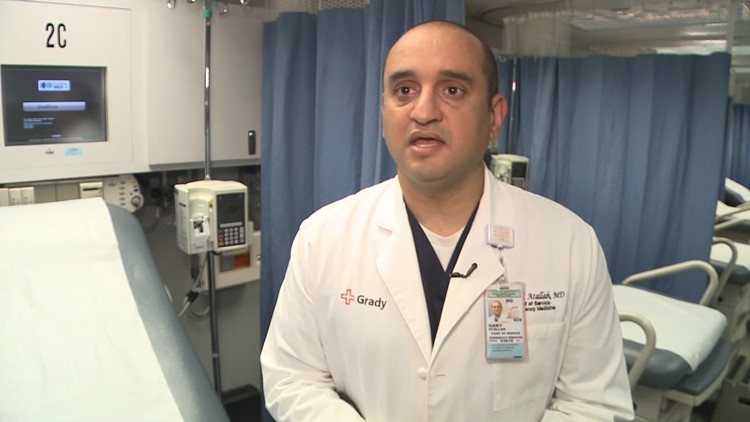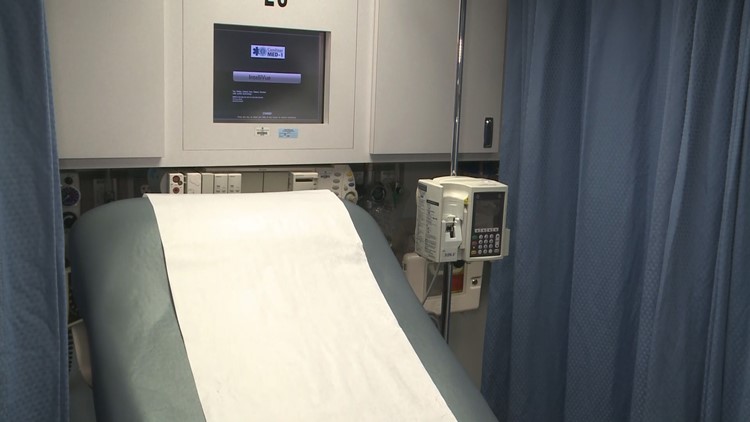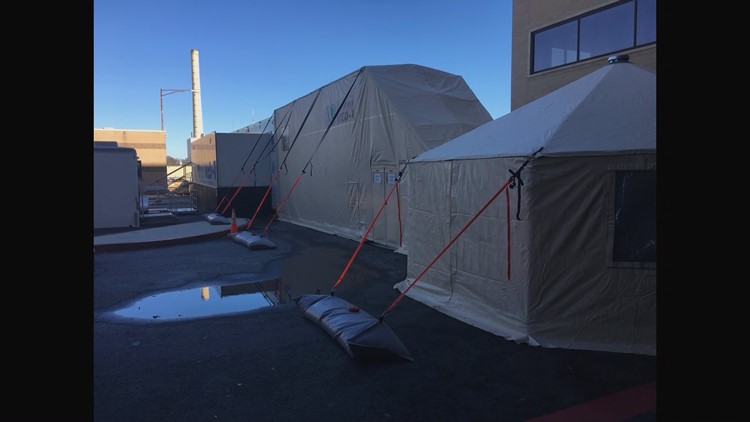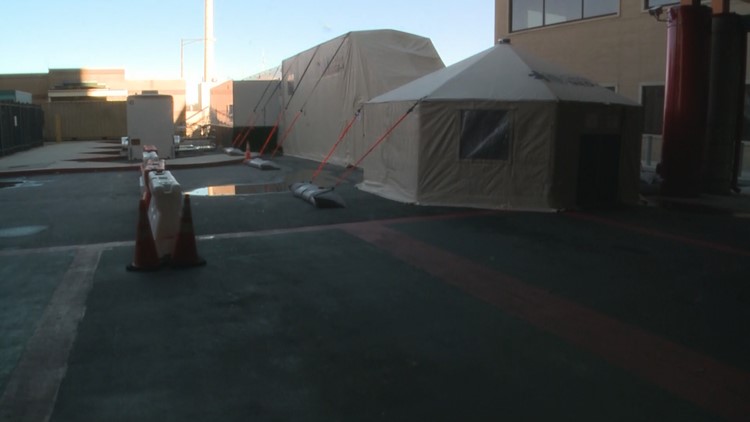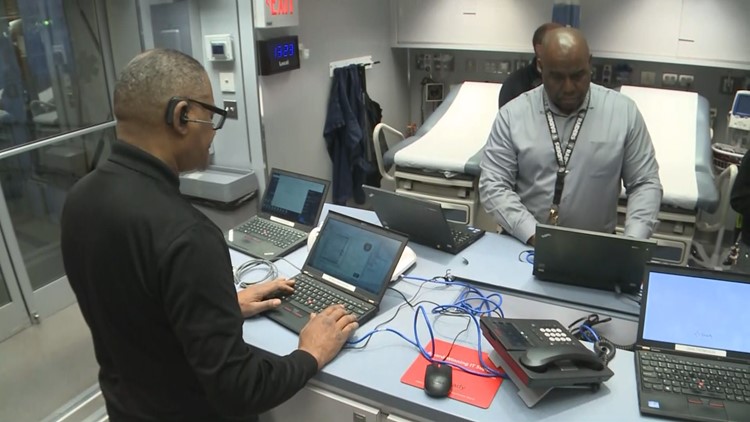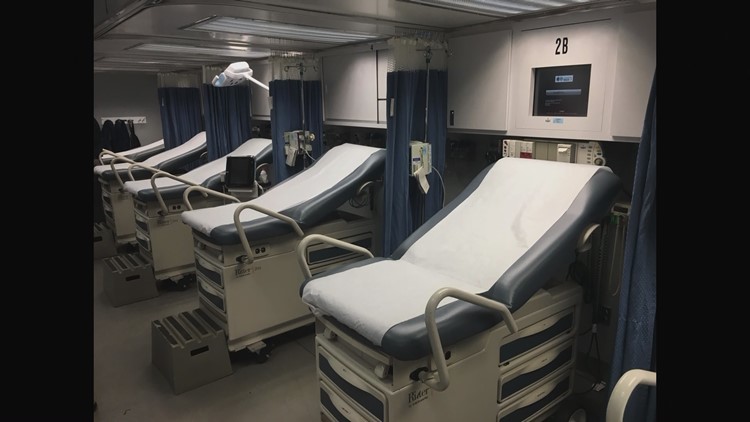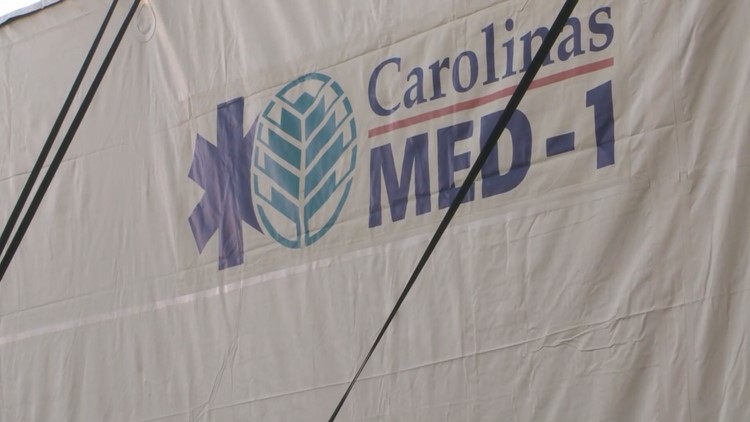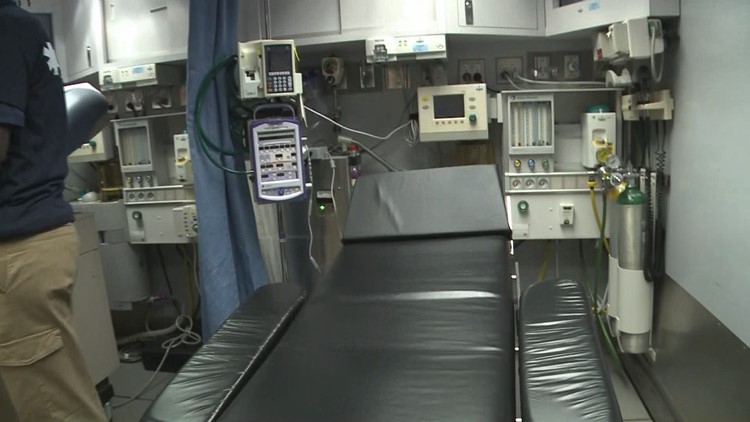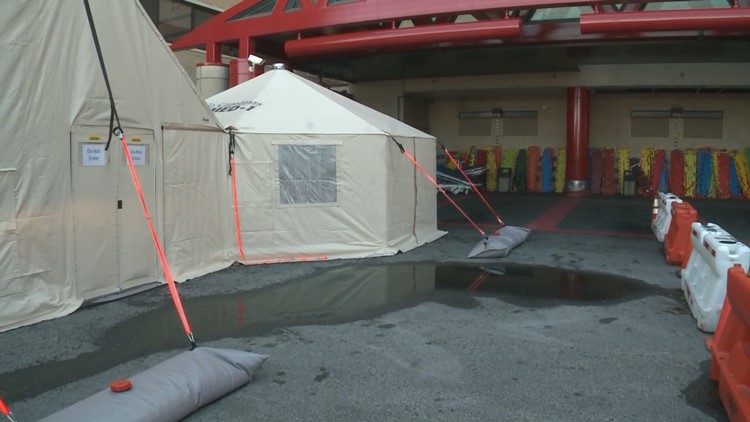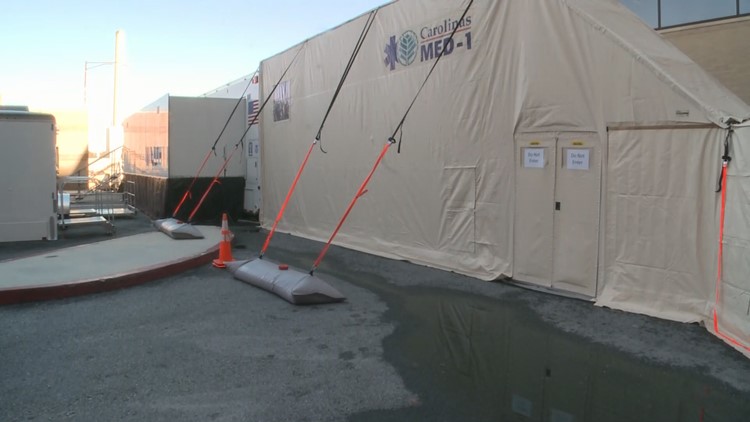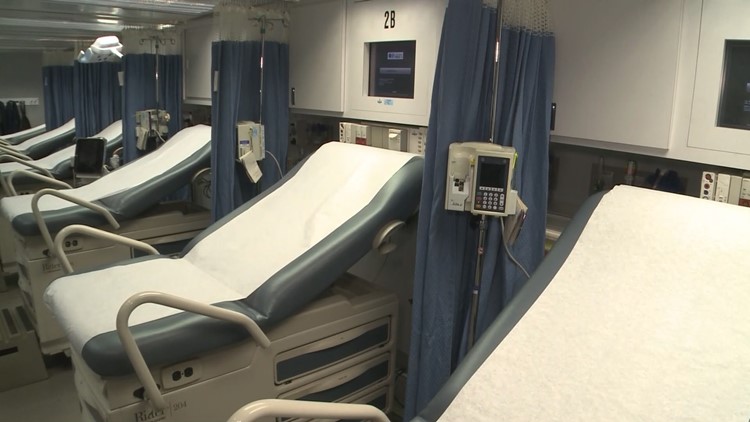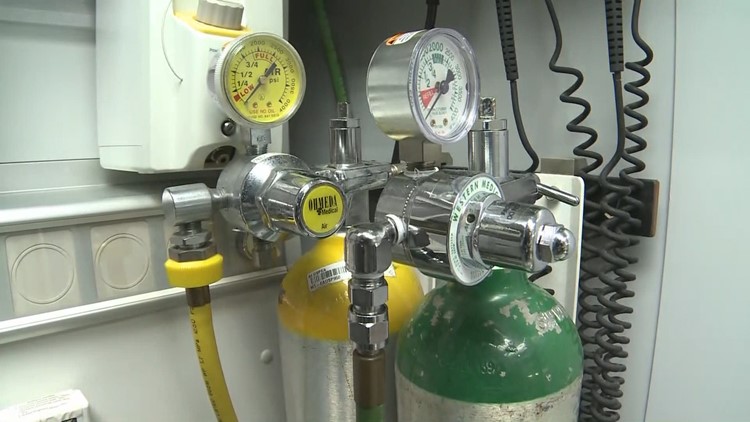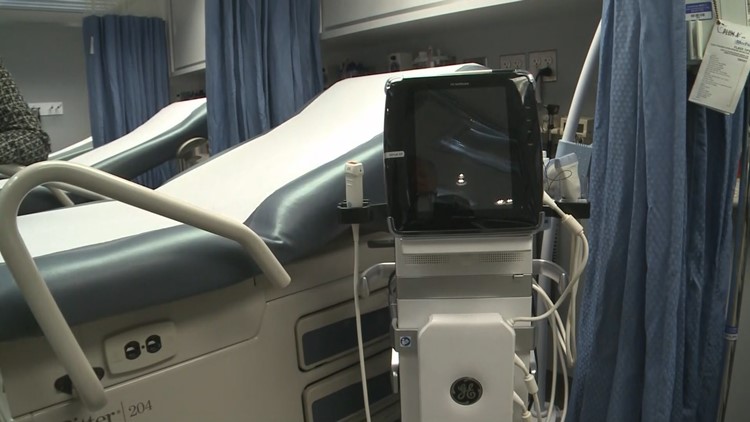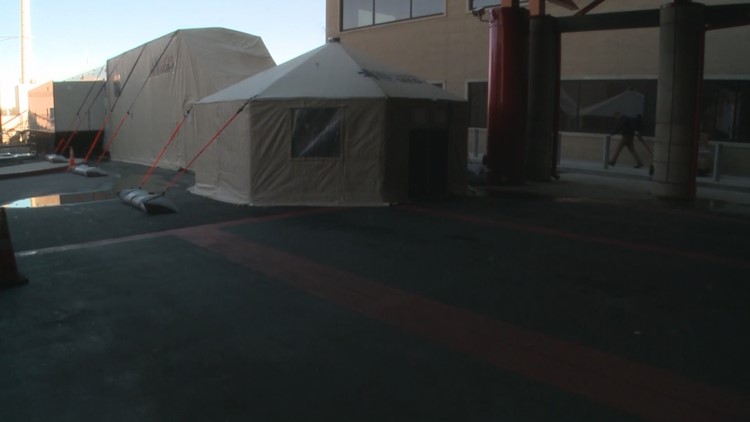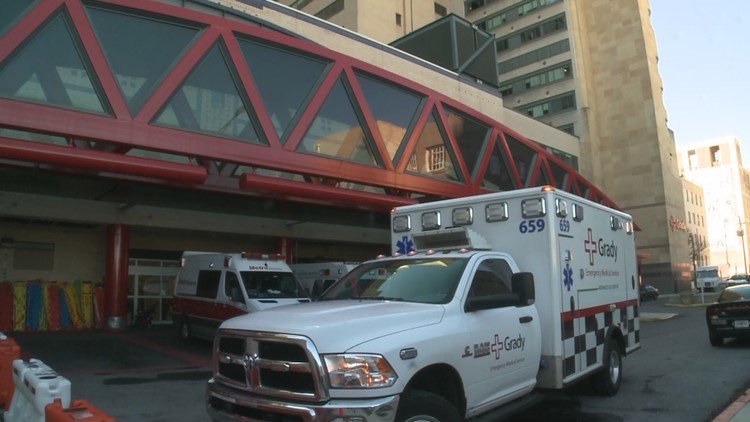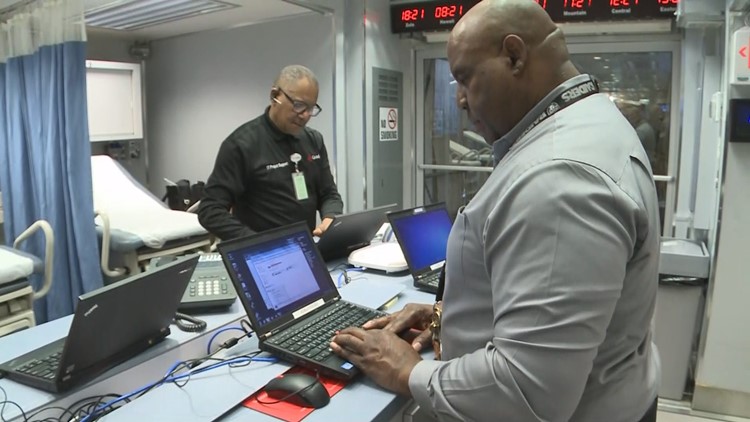Flu.
Those three letters are terrifying people across the country as the epidemic spreads, filling emergency rooms and, for some, ending their lives.
In the wake of one local teen's death from flu-related complications, almost 3,000 people have flooded our Facebook comments to share their theories about the flu, vaccines, Tamiflu, home remedies and more... There's a theory for everything.
So, to cut through the noise, we're trying to fight fear as the flu epidemic spreads, especially when it comes to how you know when you have it.
11Alive's Christie Etheridge has been digging into that question, and from what she found, it's clear not all flu tests are created equal. Some are more accurate, some take longer, and some even work better in kids. The trickiest part? Most "rapid" tests are only 63 percent accurate. That means about 1 in 3 tests are going to have a "false negative" or a "false positive."
For most patients getting tested for the flu, they'll end up taking the rapid antigen test, because it gives you results so quickly – in a matter of 15 minutes or less. The biggest problem, though, is those false negatives. That's when test results come back showing patients tested negative for the flu, when in reality, they do indeed have the virus. The Centers for Disease Control says seeing false negatives are more common when flu activity is high, like it is this year.
PHOTOS | Mobile emergency department added at Grady Hospital for overflow patients
Another type of test is the rapid molecular assay test. It also gives results quickly – in about 15 to 20 minutes. It's also a little more accurate than the rapid flu test.
There are also specialized lab tests, which are done in hospitals or public health labs. Those are much more sensitive and, therefore, more accurate. But it can take up to several hours to a couple days to get those results back.
As to which test is right for you, it usually comes down to what doctors have available, and this season, there's a shortage of all the different kinds of flu tests. Usually, though, you don't have to get tested at all if you're already showing signs and symptoms of the flu – doctors will probably go ahead and treat you for it.
FLU RESOURCES:
- VERIFY: Do masks and wipes help protect you from the flu?
- VERIFY: Is there a flu vaccine shortage?
- Atlanta hospital deploys mobile emergency center to aid flu treatment
- Severe flu still widespread; baby boomers hit especially hard
- Seven more children dead nationwide from flu | Health officials expect that number to rise


